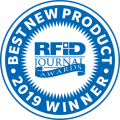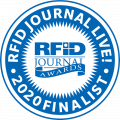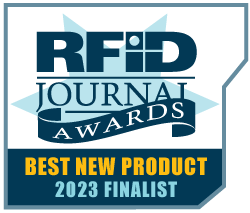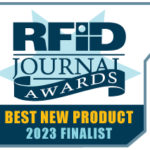RFC OPERATING SYSTEM

Easy to Scale
Install 1 or 100’s of CS Smart Antennas together by drag and dropping them into regions, clusters and zones using RFC-OS

PoE/PoE+ Connect
Power source & data feeds are PoE/PoE+
Each CS Smart Antenna includes a proprietary reader + steerable phased array antenna

API Integration
Utilize RFC-OS data services, either through REST APIs or Websocket Endpoints
Drag & Drop UI Facilitates Seamless Passive RTLS Integration
RFC-OS is the core setup & administrative platform for CS Smart Antenna Technology. Together, the system Identifies, Locates & Tracks RAIN RFID tags (Passive UHF) in real-time. A variety of modules are used for run-time, configuration and integration. RFC-OS allows for deployment, monitoring, and integrations to enterprise systems and it includes pre-integrated tools to aid in deployment, visualization, data-analysis, and system health.
Installation & Deployment Architecture

Introductions to Region Hierarchy & Setup
A Region is simply a logical part of a full installation that contains the configuration for many antennas. A Region is a hierarchical relationship of configuration settings including Clusters, Scan Areas, Antennas and Zones based on a logical grouping for antennas, physical location and functionality.
Sample Use Case

Region
- Each Region runs off of an ACM and local origin (0,0,0) where all reads are measured
- Each Region defines how often and how much data to use for location processing prior to publishing and the location methods that should be used
- By tuning properties, the user configures a region that performs well in high motion environments or is better suited for static, high accuracy environments
Cluster
- A logical grouping of antennas that allow the antennas to work together
- Settings shared by the cluster include power level, reader scan profiles, tag filtering
Scan Area
- The scan area is segmented into scan points using chops, the number of segmentations within the scan area are used to create scan points
Antenna
- This component represents an antenna in physical space (location and orientation) along with its network configuration (hostname / IP address)
Zone
- A 3D representation of physical space that has nothing to do with how the antenna(s) or region perform. Zones are associated with a tag when it’s inside the x,y,z position
- Zones can overlap, however, it is best to create unique zones with descriptive names
CONTACT
1400 South 3rd Street,
Suite 220
St. Louis, MO 63104-4430 USA
Technical Support:
314-720-0895
[email protected]
Sales:
314-584-1500
[email protected]
NEWS
CONNECT












Copyright © 2024 RF Controls - All Rights Reserved.
